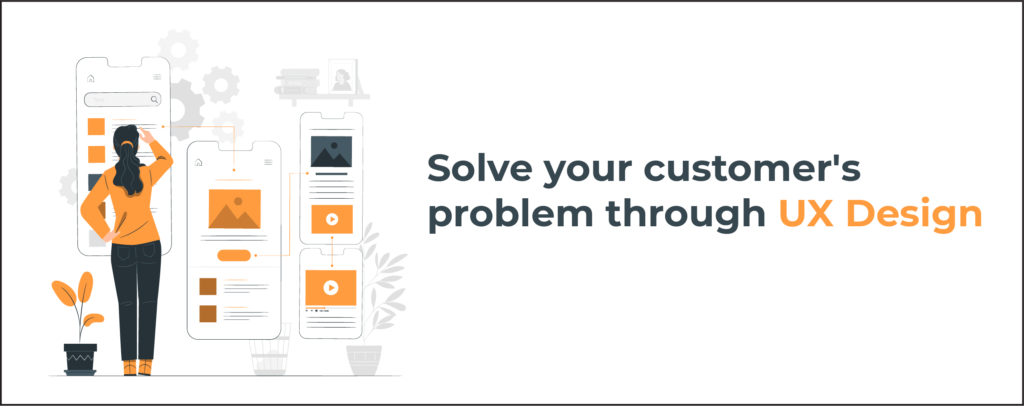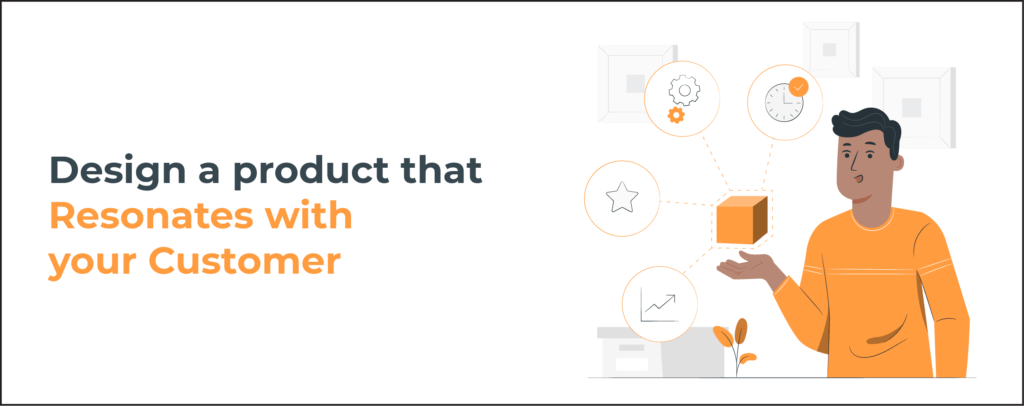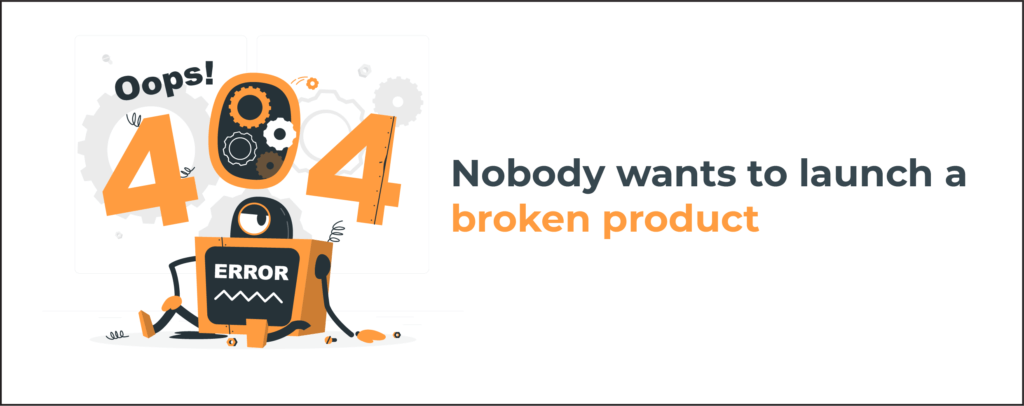User Experience (UX) design is the process of providing a seamless and meaningful mobile application experience that is relevant to users. The main goal of every UX designer is to solve usability issues and provide a pleasant online experience through a combination of beautiful visuals, easy accessibility and a thoughtful user flow.
Seraphic has in the past delivered mobile applications and seamless client journey as per the vision of their clients that have taken the App & Web world by storm. If you are looking for mobile application development services you are at the right place.
Once more, saying that quality UI/UX configuration is pivotal to the achievement of an application appears to be a conspicuous assertion, yet it assists with getting why, and it truly can’t be focused on profoundly enough. The universe of application improvement is massive. The accompanying measurements exhibit exactly how little tolerance clients have for not exactly ideal encounters, and the amount they esteem positive ones.
IMPACT OF POOR UX ON MOBILE APPS SUCCESS:
- 86% of American application clients have quit utilizing an application because of horrible showing.
- 95% of versatile applications are deserted inside a month.
- 79% of clients place the most elevated level of significance on the ease of use of an application.
- The normal application loses 77% of its day-by-day dynamic clients inside the initial three days after establishment.
- 75% of applications are utilized once subsequent to being downloaded and afterward never utilized again.
- 23% of clients who have a positive encounter utilizing an application enlighten at least 10 individuals regarding it.
We are sure you don’t want to end up on the same road as them, right?
Below is an example of the steps:
UX designers must follow these steps to bring their ideas to reality
- Understand User Problems
- Designing the Product
- Pre-Launch Testing
- Product Release
Understand User Problems:
UX designers are problem solvers. To do their job, and to provide an accurate solution, designers must first understand the underlying problems.

Designers regularly conduct brainstorming sessions with clients to get their feedback. A UX team frequently lets users test out new or existing company products or sites to give the team unbiased feedback on what works and what doesn’t. From there, UX teams will identify user personas (what types of users will spend the most time with this product) and then will draft strategies based off of these personas.
User feedback, plus the team’s own personal digging, discovers the underlying problems of a product and establishes a solid starting point for UX designers. Both user and team-generated data are vitally important to the overall success of the user experience process.
Designing the Product:
Designing the product is a lot more taxing than it sounds. UX teams spend weeks or months taking a product from concept to production.
The teams use all of the user and team-generated data to start planning their product. First, they involve user interfaces (UI) practices, like sketching, whiteboard flowcharts and wire framing to share and communicate ideas with stakeholders.

Then, the design team will create mock-ups based off of the initial design meetings. These mock-ups are essentially prototyping of the finished product (i.e., they don’t have the full functionality, but they get the look and feel across).
Once the user flow, visuals and wire-frames are complete, it’s time for styling. This is where the images, colors, typography, etc. get added to the product.
Software engineers and product managers get involved early on in the design aspect of each product because they’re the people who make the product execute its tasks.
Engineers and product teams work side-by-side with the design team to communicate progress, ask questions and voice concerns. Communication between these parties is key to a successful product launch.
Pre-Launch Testing:
As soon as the user experience product is done with the design phase, it rolls to more testing. Because nobody wants to launch a broken product to the world, each product goes through vigorous testing to ensure that it’s running smoothly and up to a user’s standards.

Sometimes, it even goes to consumer review groups that use and critique it. Other times, testing is done internally. Is it usable? How easy is it to use? Does it fix the user’s original problem? How efficient are we making the process? These questions (and many, many more) need to be answered before a product can be released to the general public.
Product Release:
As soon as all stakeholders sign off on the new product, it’s time to ship it out to the world. The UX design team takes in a few moments to appreciate all of the efforts they put into creating a revolutionary product; then they get back to work fielding consumer feedback for the product and gathering more information for future ideas.
Difference Between UX and UI:
One of the biggest questions from the tech community is “what is the difference between UX and UI?” These terms are often used interchangeably but actually mean different things. While UX refers to “user experience design,” UI refers to “user interface design.”
In short, UX design encompasses any interaction between a customer and a company’s products.
The user experience aspect refers to how a user truly experiences a certain product, whether that’s software, a website, a car, etc. The ultimate purpose is to make it easy, efficient and an overall worthwhile experience for the user.
UI is more of a subset or complement to UX. Unlike UX, UI is strictly a digital term. A user interface is the point of interaction between a user and a digital product, like a phone screen or tablet.
UI designers consider the interactivity of a digital product and strategize on how to make it as intuitive as possible. These designers specialize in developing the visuals and interactive elements for everything from app icons to buttons and colour schemes.
Great user experience design is a critical lever for any company; the process, done properly, keeps you focused on your user and enables you to deliver better experiences.
Here are a Few Key Things to Keep in Mind:
- Seamless, delightful UX design can have a highly positive impact on how a user perceives your entire brand and can be a key differentiator between your product and your direct competitors’
- As our lives increasingly take place online, user experience is becoming synonymous with digital experience, and companies will need to prioritize the digital user experience to survive
- The inherent mission of UX design is to build better experiences and guide users to take the desired action, but designers need a measurement framework (like the HEART framework) in order to earn buy-in from company stakeholders
- Having the right technologies in place is essential to implement a successful UX design strategy.
Every digital experience you encounter has been thoughtfully crafted by UX designers. Your rideshare app, Twitter feed and favorite e-commerce site have all been carefully handled by a UX design team with the goal of getting you to use their product in the easiest and most appealing way possible. The job of each UX designer is to optimize your digital experience to keep you coming back to the product.
To know more about how you can use UX for your mobile application development success, visit us at phpstack-1203512-4255141.cloudwaysapps.com
